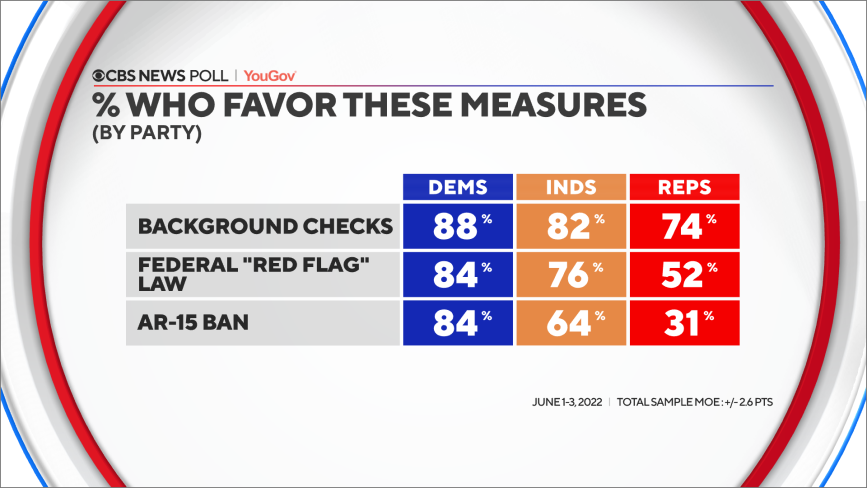The housing market is absolutely going to fold soon, it's just unsustainable with rent gouging like what's going on in New York City, where you now need well into three times the median national wage to even be considered for an apartment at four times the median rent.
New York City’s housing market has always been competitive, but renters are facing a particularly tough flat hunt now. The median monthly rent for a one-bedroom apartment in Manhattan reached $3,995 in April, a record 38% year-over-year increase and well above pre-pandemic levels, data from the real estate brokerage Douglas Elliman showed.
In New York City, it’s standard for landlords to apply what is known as the 40x rule to judge someone’s ability to pay their rent. In order to qualify as a tenant, a person’s annual gross income should be at least 40 times the monthly rent. To rent a one-bedroom at Manhattan’s current median price, that means an income of $159,800 or more. In Brooklyn, where the median one-bedroom apartment goes for $2,900 a month, anyone with an income of less than $116,000 annually will also struggle to qualify.
Meanwhile, the median household income in New York City was $67,046 from 2016 to 2020, according to the latest data available.
New York City rents point to a deepening affordable housing crisis in the city as it struggles to bounce back from the pandemic. It also calls into question the feasibility of mayor Eric Adams’ repeated pleas to have employees return to work in person.
Rising rents impact New Yorkers particularly hard because two-thirds of the population rent, twice the national rate, according to a report by The New York Times. The pain extends to aspiring home owners too—a recent Zillow survey found that half of US home buyers are crying during the process.
Prices are forecasted to rise even higher in the summer. The warmer months have always been primetime for moving as it catches new students who relocate to the city, and families with kids tend to use the school holidays to move.
In April, bidding wars accounted for more than one in five new lease signings in Manhattan, according to Douglas Elliman. In those instances, landlords received an average premium of nearly 11% above asking price. It’s a sharp contrast to just a year ago when landlords were regularly handing out one month’s free rent and other concessions like waived utilities and amenities fees to attract tenants.
Several theories exist for surging rent prices. The one-bedroom flat is reportedly the most in demand as couples forced to spend more time with their other halves during the pandemic split up, sending more single flat hunters into the market.
It also coincides with large corporates, including JPMorgan, Goldman Sachs, and Google, recalling workers back to the office. With the future of work likely some kind of hybrid, people are willing to spend more money on their apartments to have space for a home office.
Another factor is Airbnb, which is distorting the market. There are more entire-apartment Airbnb rentals available in New York City than standard rental apartments by several thousand units, Curbed reported recently, squeezing supply even further.
So how do people get around these expensive prices? Many shack up with someone—a roommate, a partner, or they find a guarantor with at least 40x the rent who agrees to pay if the tenant defaults.
Another option is to downsize. The median studio rent was $2,994 in Manhattan and $2,674 in Brooklyn for the month of April. However, even at those lower rates, anyone not earning six-figures will be put out.
It won't be long either. Be careful, because once the housing market augurs into the tarmac, the economy goes with it.
